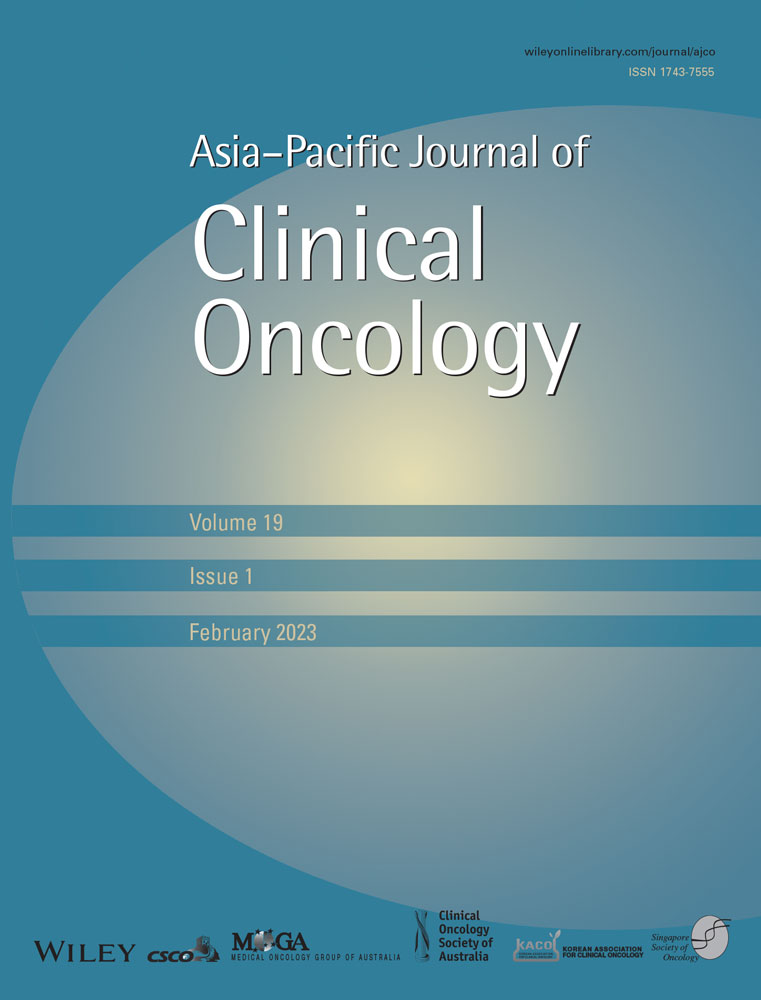A multi-institutional retrospective study of open versus laparoscopic nephroureterectomy focused on the intravesical recurrence
Abstract
Aim
Intravesical recurrence (IVR) after nephroureterectomy for upper tract urothelial carcinoma (UTUC) is relatively frequent, occurring in about 30–50% of patients. The aim of this study was to investigate the differences of the prognosis and IVR between open and laparoscopic surgery and to elucidate the risk factor of IVR.
Patients and methods
We retrospectively analyzed data from 403 patients with UTUC treated with laparoscopic or open nephroureterectomy at six affiliated hospitals between 1990 and 2015. The clinicopathological factors of each group were examined using Kaplan–Meier plots, and univariate and multivariate analyses.
Results
There was no difference in recurrence and cancer-specific mortality between open and laparoscopic surgery in univariate and multivariate analyses. There was no significant difference in IVR rate between the laparoscopic and open groups (p = .22). Among the patients with IVR, 84% of patients relapsed within 2 years. Univariate analysis of IVR showed a significant increase in patients with low-grade (p = .03, HR = 1.64) or low-stage urothelial carcinoma (pT1 or lower, p = .006, HR = 1.77) with no lymph node involvement (p = .002, HR = 10.3) or lymphovascular invasion (p = .009, HR = 1.79). Surgical modality was not an independent factor. In multivariate analysis, there was no independent predictive factor for IVR.
Conclusions
There was no difference in recurrence, cancer-specific mortality, and IVR between open and laparoscopic surgery. On the other hand, our results suggested that the low malignant potential tumor may be a risk factor for IVR. This finding provides insight into IVR, which may help with the development of personalized prevention and treatment strategies.
Open Research
DATA AVAILABILITY STATEMENT
Data available on request due to privacy/ethical restrictions.




